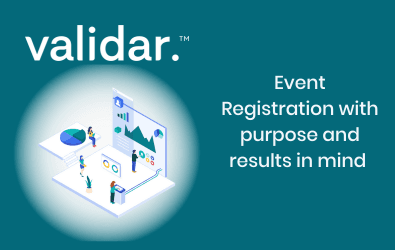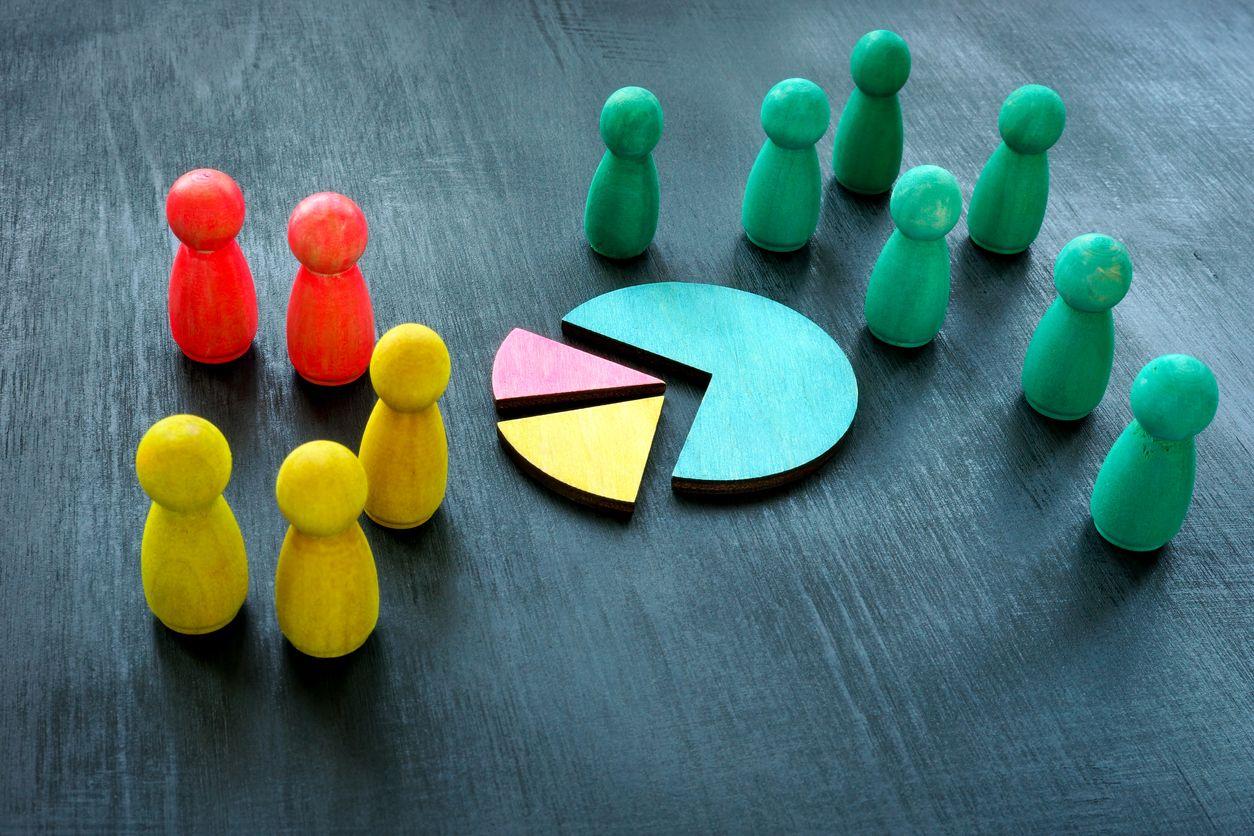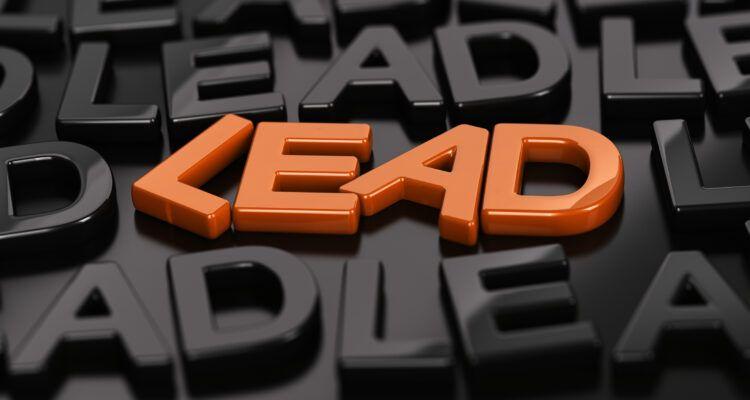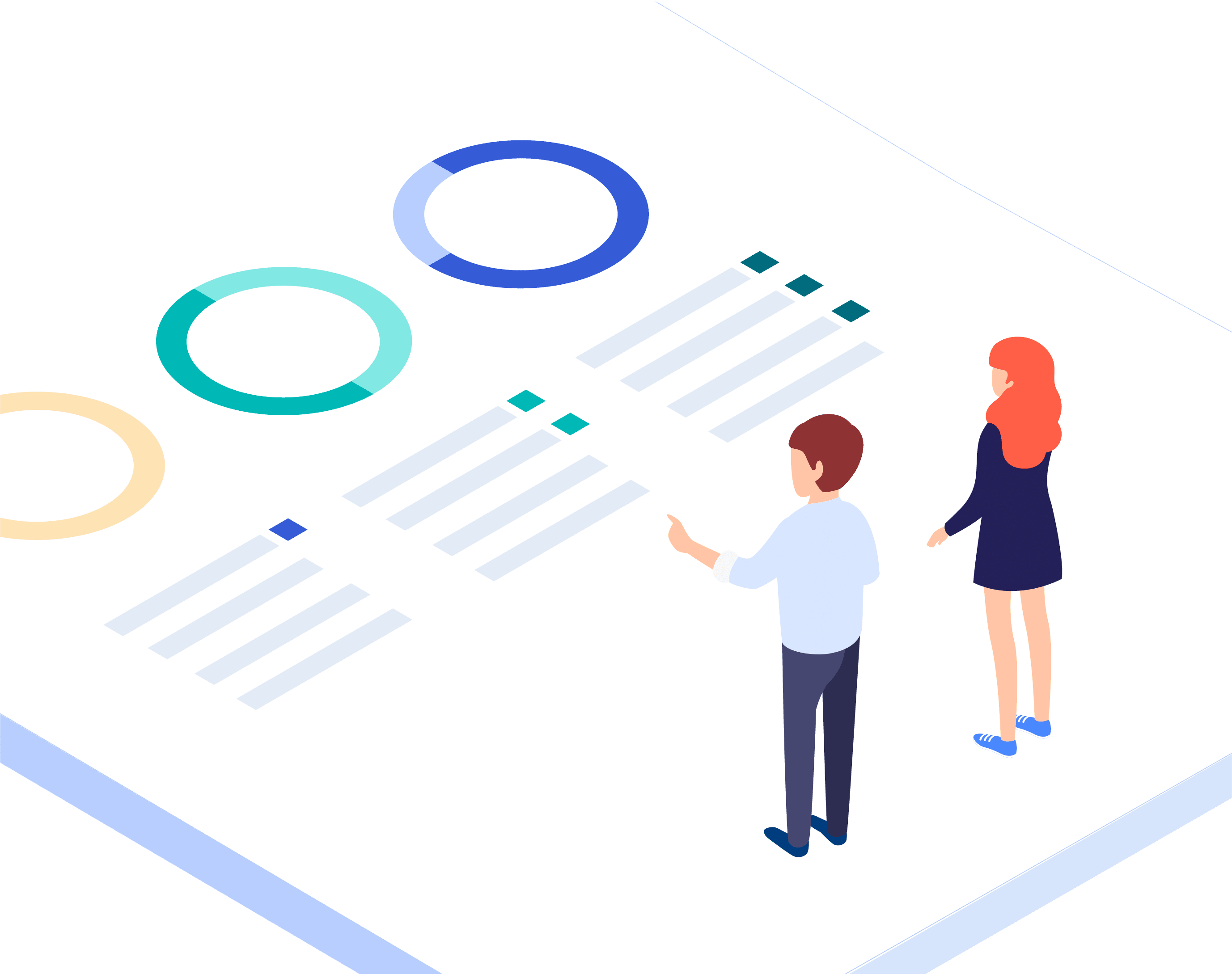The answer: Every time Marketing always has questions. Will the market increase or decrease this year? What do the buyers want most? Would the buyers rather lease, rent or buy? What are the benefits they want most from a product or service? How do they want to be contacted? The list of questions is endless and Marketing doesn’t have the answers unless they turn to the end users and ask. Of course, they can ask customers who have bought, but that is more like looking in the rearview mirror; they tell you very little about the future, only the past. Primary research is the answer. Of course, using research methods by telephone, in focus groups, by mail or in email-based surveys can deliver answers. It depends, however, on the time involvement, the cost, and the size of the survey you’ll require. Easy Research at Events Research at events is easy, convenient, and considered primary research. It can be done with little effort, and every company that attends trade shows and events can keep a pulse on their industry. Attendees to events can be surveyed in many ways:
- Single-question surveys. As people check in and register you ask a single question; two at the most. Or when a sales rep completes a lead form, he or she asks one or two added questions. Questions can rotate after you get 100-200 surveys completed; no question fatigue here. You need 100 competed surveys as a minimum.
- Theater surveys. If you have a large exhibit theater with 5-25 seats you can ask theater goers a few questions before the ‘show’ starts. Usually as a visitor sits down to wait for the program to start, your employee circulates, scans their badge, enters them as a theater attendee and asks a few questions, the answers to which are entered manually. You can change the survey questions when you get 200 completed surveys (more than enough for a valid, low-error-rate survey).
- Aisle surveys. Hire survey takers (or use booth personnel) to stop people walking by at a trade show. This works for general information, and maybe opinions about your company versus competitors, etc. Why did they come to the conference? Why are they walking the exhibit floor?
- Event performance survey. Ask booth visitors about the show, about your booth or products; get feedback. This can be part of the lead form.
- Customer/user in-booth surveys. When someone at the event is identified as a customer/user, ask them 2-4 quick questions about the marketplace, event, products or pricing.
- Session surveys via EventHub App: If the event is a company event (users’ conference) and you have speeches and breakout sessions, you can take Dynamic Feedback – Access evaluations for sessions they attend while these sessions are in progress! We believe it's vital that you capture feedback when session are in dialog, and also that you create an "opt-in" means of capturing renewed interest through a call to action question. Call us if you want to learn some great tips on how to capture and measure this renewed interest within your CRM and Marketing Automation systems with vConnect.
- Event Ticket – Access your event ticket via EventHub® for speedy check-in.
- Agendas – Access the event agenda to see what’s next.
- Dynamic Feedback – Access evaluations for sessions you attend while the sessions are in progress!
The advantage of doing these surveys at events and trade shows is that it is an easy venue in which to get answers directly from the people you are selling to. Repeating surveys at several events during the year allows Marketing to understand where the market is going. Story 1 – Medical device – product I know a medical device company that introduced a new product at a show. It was a terrific hit. But when the visitors were surveyed it wasn’t the new electronics - namely the new control board that eliminated 90% of the manual switches - that got techs so excited. It was a new, simple, last-minute feature addition that reduced the device maintenance before a new patient could be hooked up that made it a hit. Millions were spent to make the product easy to use, but the last-minute afterthought for maintenance was the hit of the show. Story 2 – Selling to the Government - Knowing the Market’s Direction When the U.S. Government changed the way they spent money (a process called sequestration, 3-4 years ago), I can think of hundreds of companies that would have loved to know how seriously government buyers and sellers were taking sequestration six months before it was implemented. For instance, if someone had known that big defense firms were preparing to cut back on discretionary funding for software because they expected a soft year from the federal government, then companies selling to the defense firms (and the government) might have changed the way they sell. I remember questioning the president of a software company if sequestration was going to affect him. He said it wouldn’t be an issue. He spent money on marketing, hiring engineers, and new salespeople, and six months later when sequestration hit he was severely stressed. A survey of the trade show attendees would have alerted him to troubles on the horizon. Lead Capture Devices at Events By asking the event staff to use their lead capture devices to easily gain answers to a few questions, event managers can:
- Become more valuable to marketing management
- Help the company make better decisions
- Keep a pulse on customers’ needs
- Know what prospects desire most in a company they buy from
All of this is possible by simply using the mobile devices at every event to ask different questions to better serve the end user. It’s a beautiful thing. Before Your Next Event: Ask Marketing if they want research done To increase your value to the company, to Marketing, and for the company’s strategic marketing direction, meet with Marketing a few months before the event and volunteer to perform a research function on the event floor. You will never regret it. Email Victor Kippes, to learn more about easy research at your next event.





